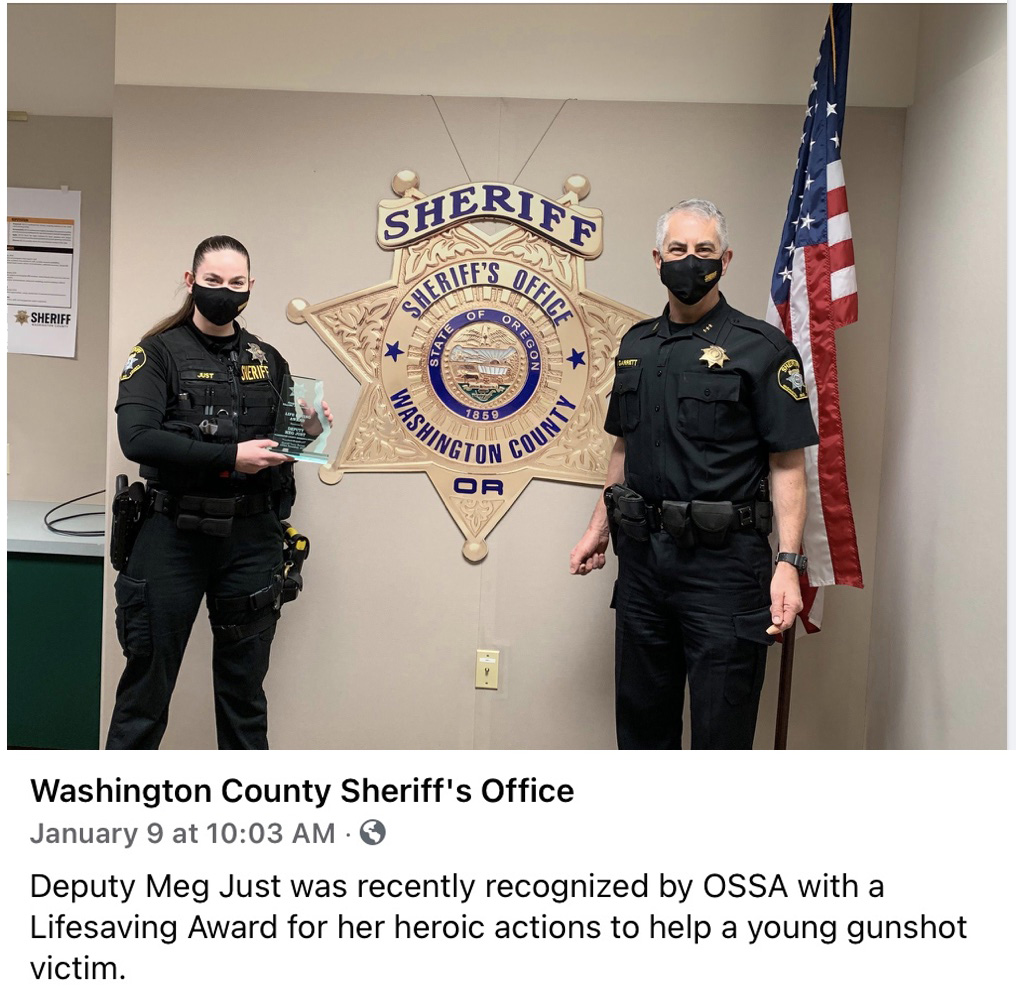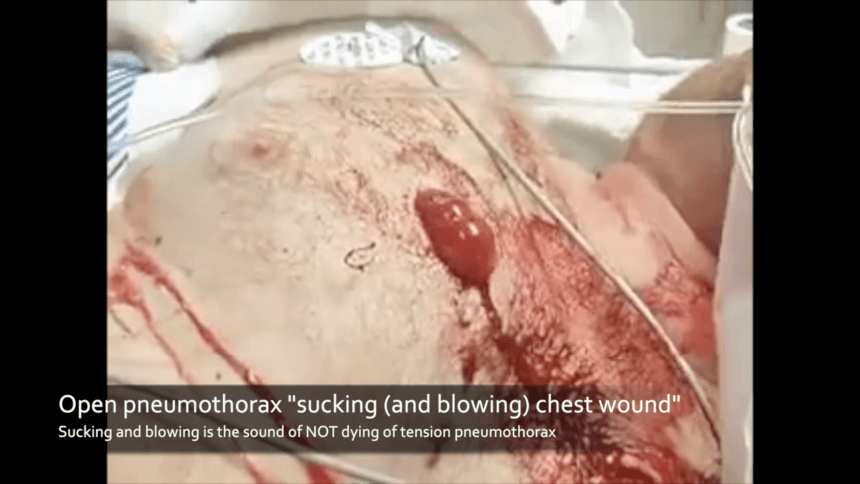Researched and written by Mike Shertz, MD/18D, not AI Pediatric-specific needle decompression recommendations remain an evolving discussion 🕖 Reading Time, 4 minutes While adult guidelines for needle decompression for tension pneumothorax are well established, pediatric-specific recommendations remain an evolving discussion. …
After ensuring our casualty is not suffering from massive hemorrhage and their airway is open, we can address respiration. This is what the Red Cross model would call “breathing.” This is largely the search for breathing compromise from chest injuries, and most specifically tension pneumothorax.Tension pneumothorax was thought to be the cause of 10% of Vietnam fatalities, although reappraisal of that literature suggests it may have only been 3%. This data lead to the TCCC guidelines.
A casualty who is talking without any difficulty does not have any clinically significant breathing problem “right now.” Even if they have a pneumothorax, or collapse of one lung, if they do not have tension pneumothorax, there isn’t much to be done about it pre-hospital in a tactical or high-risk environment.
Researched and written by Mike Shertz, MD/18D, not AI 🕖 Reading Time, 5 minutes To truly understand a casualty’s respiratory status, a provider needs to know both their hemoglobin oxygen saturation, which is easily measured with pulse oximetry, and exhaled …
Can you use nipple location as a physical landmark for chest tube placement? Is it the same for men and women? BLUF: No. 🕖 Reading Time, 4 minutes Using the nipple as a marker for the 5th ICS as recommended …
🕖 Reading Time, 3 minutes When Deputy Just responded to a call regarding gunfire, she didn’t know there was a victim until she heard the 911 operator giving care instructions to bystanders. She arrived near-simultaneously with four other officers. As …
Video used with permission by Andrew Dennis, DO FACS, FACOS, Cook County Trauma Burn Unit, Chicago Il 🕖 Reading Time, 6 minutes Sucking chest wounds are dramatic, but rarely life-threatening. The sound of sucking & blowing is the sound of not dying …





